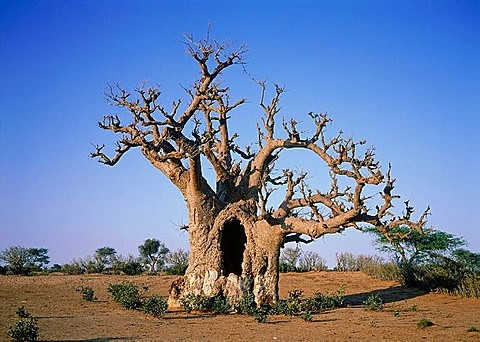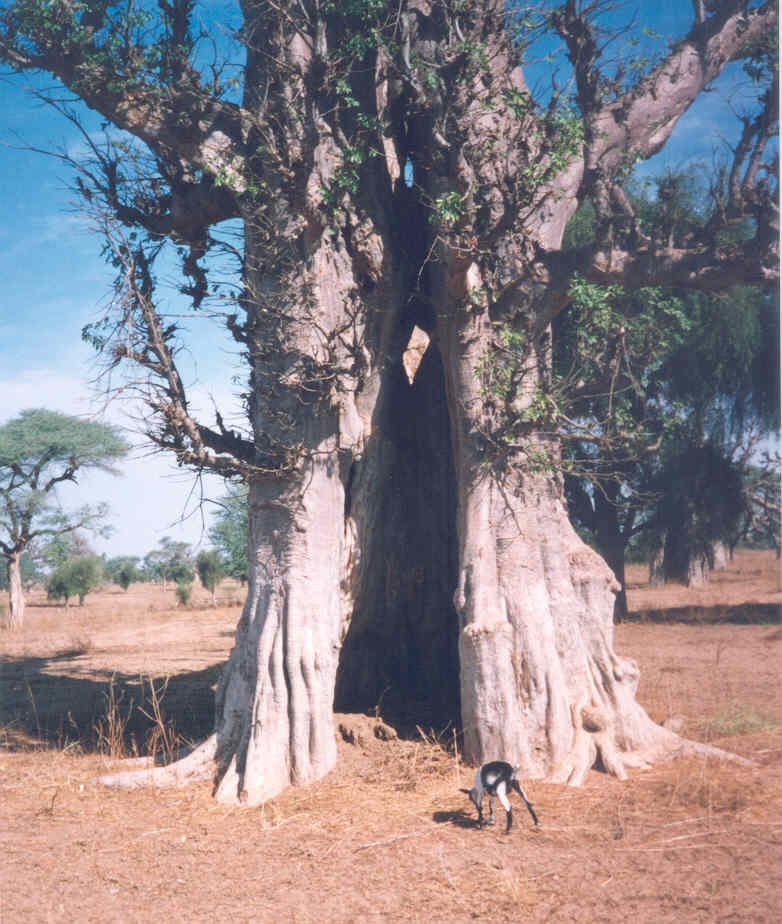In the heart of the Bandia reserve, about 60 kilometers from Senegal's capital Dakar, is one of the last baobabs that houses griot remains.
Griots are considered masters of knowledge and keepers of historical records across generations. They include singers, poets, instrumentalists, musicians, and storytellers who maintain a tradition of oral history in parts of West Africa.
"We put griots in baobabs because they are considered sages. They’re the ones who reorient the community when there are problems. Griots are the repositories of knowledge. If griots are buried underground, it would be as though we were burying our history. We can’t bury knowledge because it enlightens our future," said Abdoulaye Sene, a griot from the Serere Community.

VCG Photo
The baobab is considered a sacred tree that symbolizes longevity and knowledge, an appropriate place to store the remains of griots.
But for a baobab to become a tomb, it has to meet special criteria.
"It’s essential to choose a baobab that isn’t inhabited by spirits. The tree must also be easy to access. Then we perform a ceremony, asking the ancestors to guard the baobab," said Sene.
To prevent desecration of these holy sites, the bones found in baobabs in public sites have been moved.

VCG Photo
"People came from all over the world, some would use the bones of our ancestors for their own practices. We, the descendants, were unhappy and decided to move the bones to a secret place. That’s why baobabs that still contain bones are rare," noted Sene.
In 1962, the Senegalese President Leopold Sedar Senghor banned the burial of griots in baobabs because of the health risks associated with the decomposition of bodies.
Today, the remains of these traditional musicians are kept in cemeteries built especially for them.










